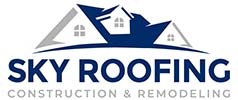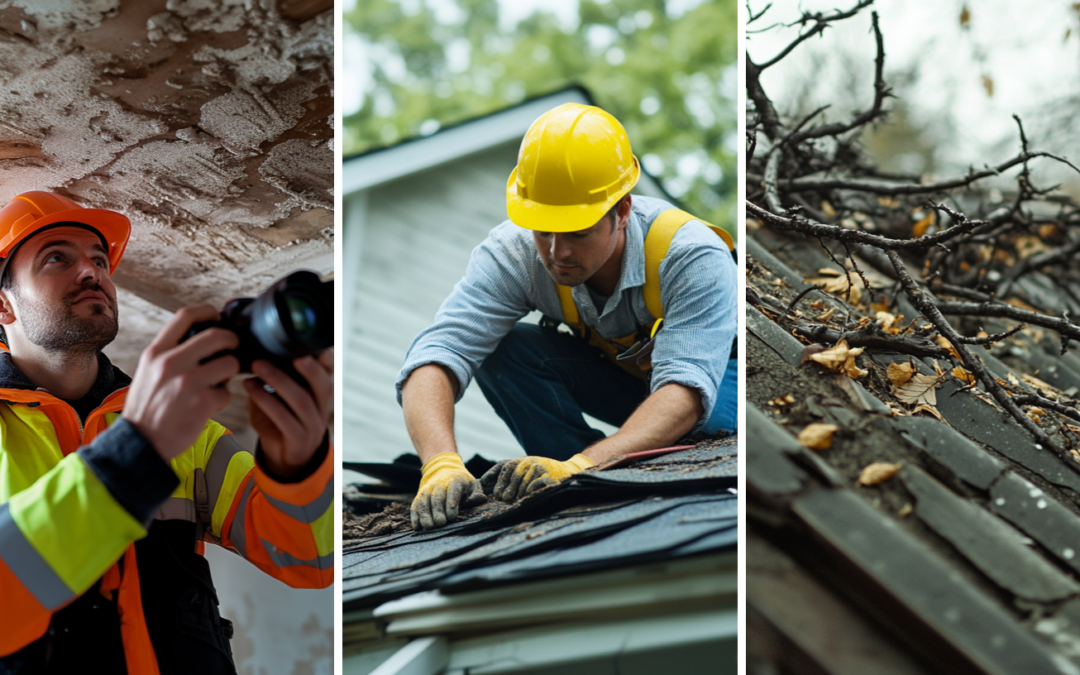Introduction to Storm Damage Inspection
The inspection process involves a thorough examination of both the exterior and interior of the home, meticulously documenting any findings to identify claimable damage and provide a clear picture of the overall impact.
After the assessment, homeowners receive detailed estimates that assist in the next steps, including navigating the often stressful insurance process and filing a comprehensive claim. While DIY inspections may seem appealing, they often miss critical details that can lead to costly mistakes.
Trusting a professional guarantees an accurate assessment of roof damage and offers peace of mind, making it an indispensable part of responsible homeownership.
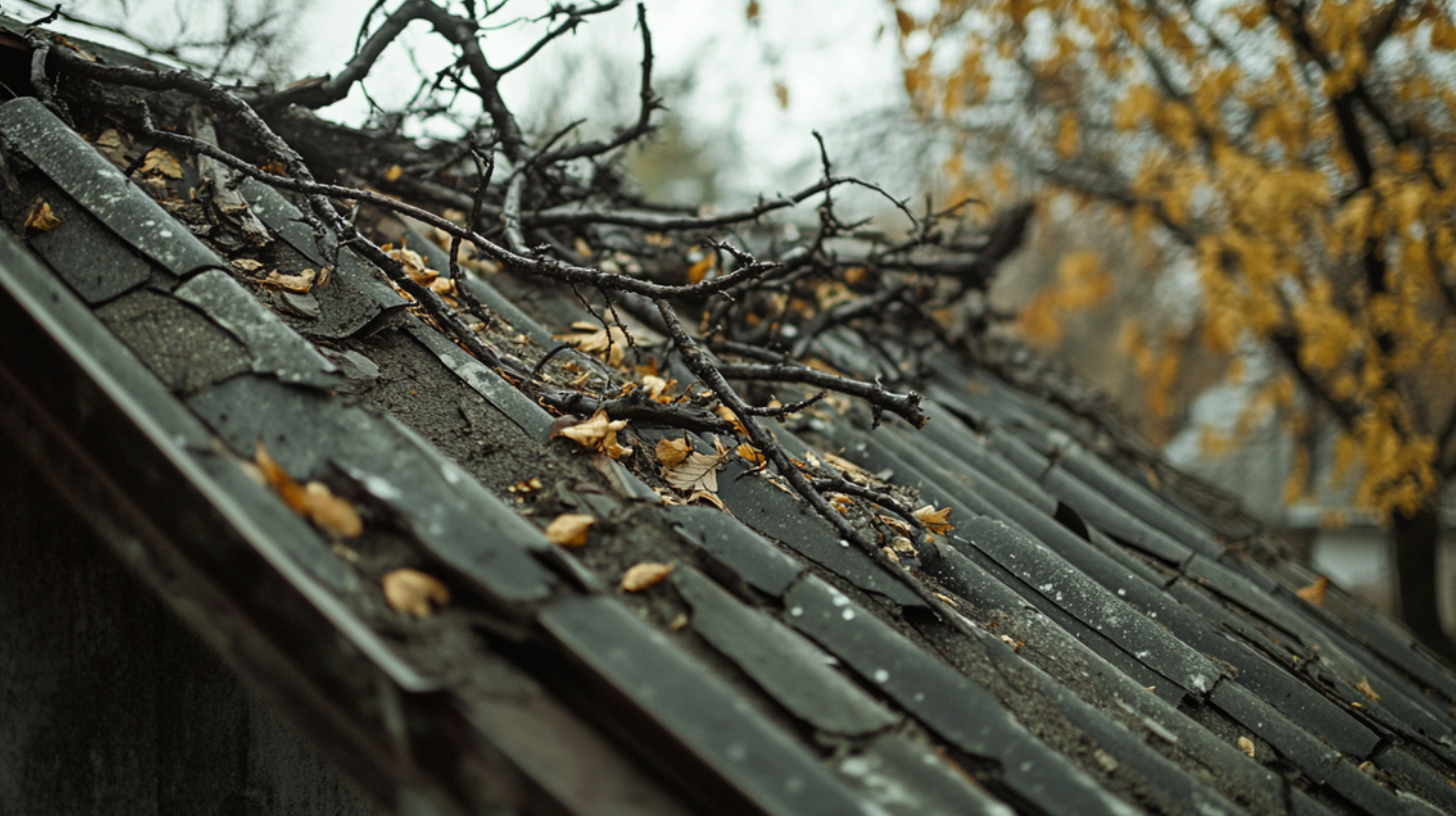
Storm Damage Inspection - Types of Storm Damage - Sky Roofing Construction & Remodeling
Types of Storm Damage
Excessive water exposure often leads to leaks, mold growth, and structural weakening, making timely roof inspections essential in identifying these vulnerabilities. Additionally, falling debris, such as branches or other objects, can cause immediate damage, and issues with missing gutters and flashing can exacerbate water accumulation and lead to costly repairs.
Regular inspections by roofing experts are crucial for homeowners and building owners to detect these types of damage early. This ensures the roof’s integrity is maintained and avoids more extensive deterioration from overlooked issues.
Prioritizing storm damage inspections extends the roof’s lifespan and safeguards the property’s overall structure.
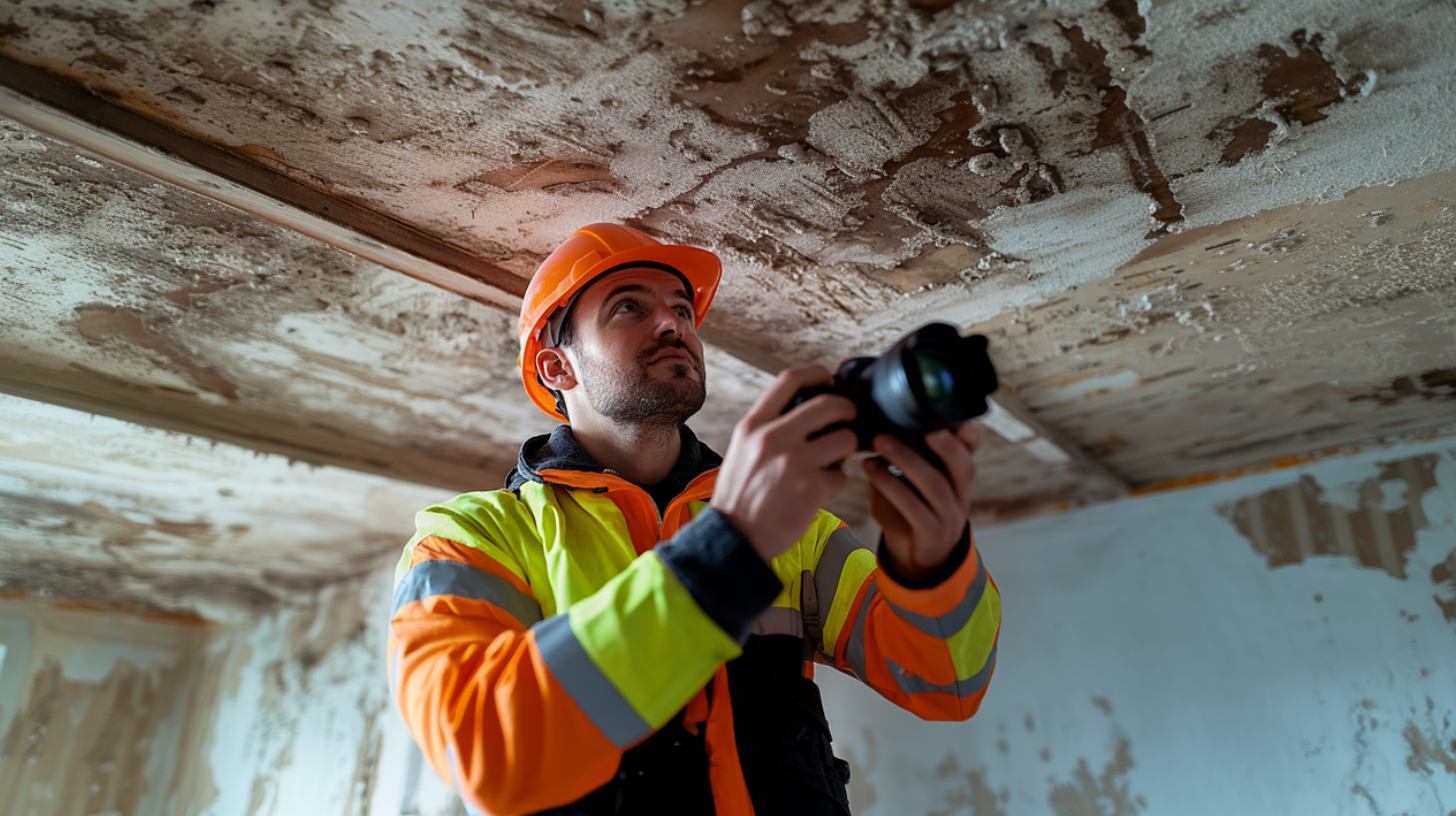
Storm Damage Inspection - Signs of Storm Damage - Sky Roofing Construction & Remodeling
Signs of Storm Damage
Understanding the apparent signs of storm damage is crucial for homeowners and building owners alike, as early detection can prevent more extensive and costly repairs. From missing shingles and cracks in the structure to water stains and debris accumulation, these indicators can vary in severity but often serve as red flags that warrant immediate attention.
By familiarizing yourself with these signs, you can take proactive steps to safeguard your property and ensure that your roof remains in optimal condition.
Exterior Signs
Additionally, look for visible punctures or dents, indicating that debris has struck the surface, creating vulnerabilities. Downspout damage can also be a telling sign; if gutters are bent or clogged with shingle fragments, they may not effectively channel water away, increasing the risk of interior water damage.
Interior Signs
Common indicators include water stains on ceilings and walls, which suggest moisture penetrates your home, and damp insulation in the attic, which can compromise energy efficiency. Mold growth and unpleasant odors can also indicate prolonged moisture exposure, posing health risks and structural concerns.
Upon noticing these signs, an immediate inspection is essential to addressing and mitigating damage early on. Prompt attention not only helps preserve the integrity of your property but also prevents costly repairs in the future.
Recognizing these interior signs and acting swiftly can safeguard your home against further complications and ensure a safe and healthy living environment.
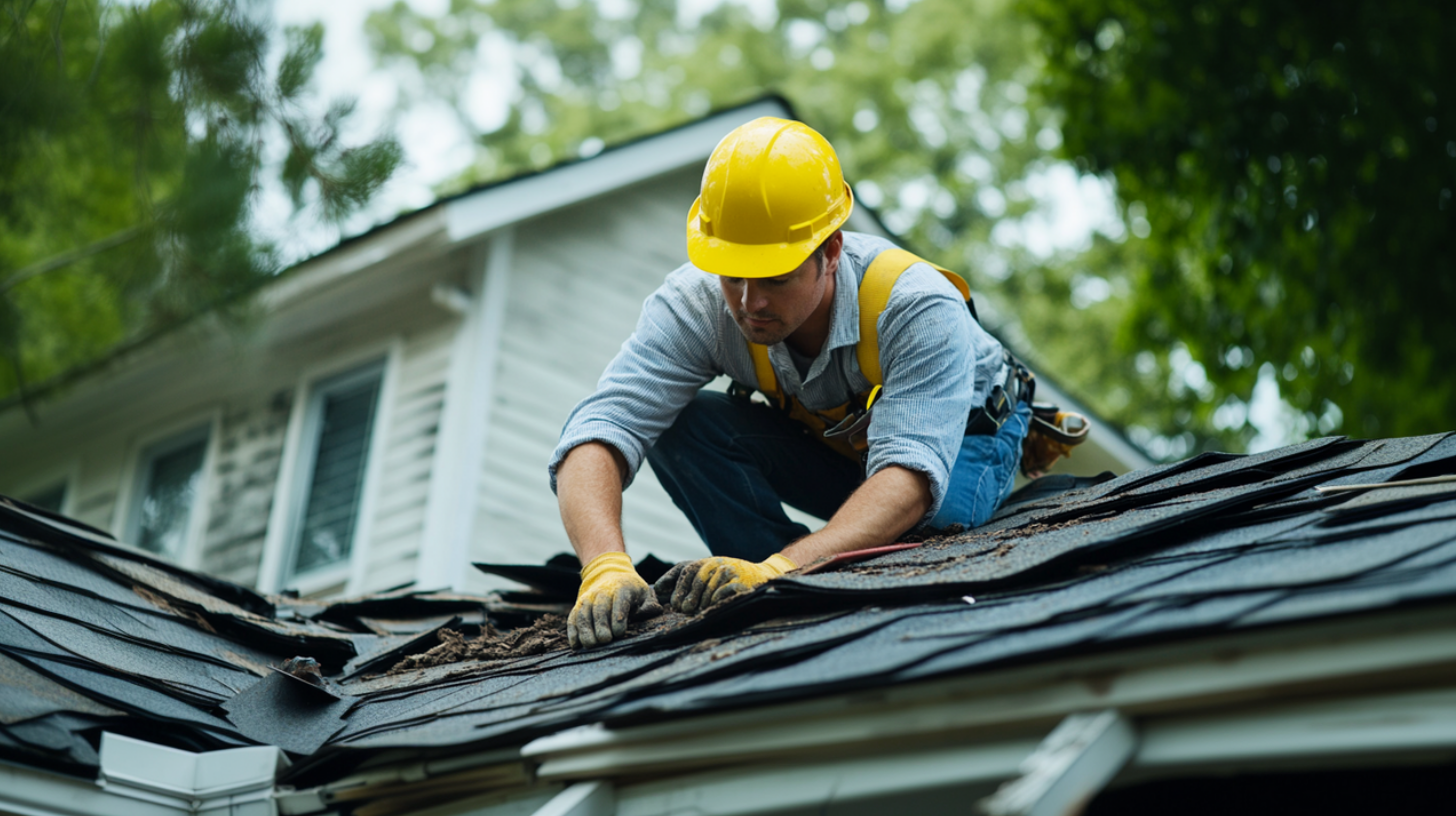
Storm Damage Inspection - Common Challenges - Sky Roofing Construction & Remodeling
Common Challenges in Storm Damage Inspection
Moreover, distinguishing between pre-existing issues and new storm-related damage may pose additional obstacles. Weather conditions, such as ongoing rain or high winds, can also impact visibility and safety, making it difficult for inspectors to conduct thorough evaluations.
Hidden Damage
A professional inspection by certified roofers is essential, as they possess the expertise to identify underlying issues that may not be visible to the untrained eye. The storm’s aftermath could leave you with hidden dangers, such as leaks or water spots on your interior walls, which are telltale signs of trouble lurking above.
By prioritizing a thorough inspection, you can gain peace of mind knowing that your roof is safe and secure, protecting your home and family from unforeseen complications. Taking proactive steps now will safeguard your investment and help ensure your property remains in optimal condition.
Safety Concerns
Additionally, having a partner outside while you work is essential; they can assist in an emergency and provide support by watching for hazards. A helpful practice is marking damaged areas with chalk so you have a clear reference of the spots that need attention, ensuring no issues are overlooked.
Roof inspections can be conducted more effectively and with greater peace of mind by prioritizing safety and taking the proper precautions.
Preventative Measures for Future Storms
Regular roof inspections play a vital role in identifying potential weaknesses before they escalate, while timely repairs following storm damage are crucial to prevent further deterioration. Neglecting these issues can lead to more serious problems, including mold growth and electrical damage, which can compromise the safety and integrity of your home.
Additionally, consulting with roofing professionals provides invaluable expertise in fortifying your roof against severe weather, giving you peace of mind and enhancing your property’s lifespan. While addressing these issues may seem stressful, these steps allow you to safeguard your investment and contribute to a safer living environment.
Safeguard Your Home with Storm Damage Inspection from Us
Prioritizing storm damage inspection is essential for protecting your home from severe weather’s impact. By being proactive and recognizing the signs of storm damage, you can prevent costly repairs and ensure the longevity of your roof. If you’re concerned about potential damage or need a thorough assessment, don’t hesitate to contact Sky Roofing Construction & Remodeling (https://skyroofingconstructiontx.com) to schedule a roofing consultation. Call us at (210) 942-9797 today to safeguard your investment and maintain the integrity of your property.
Willis Vachon is a seasoned contributing writer for Sky Roofing Construction & Remodeling, specializing in the technical and safety aspects of roofing construction. With a keen eye for detail and a passion for ensuring quality and safety in every project, Willis provides valuable insights that help both professionals and homeowners make informed decisions about their roofing needs.
